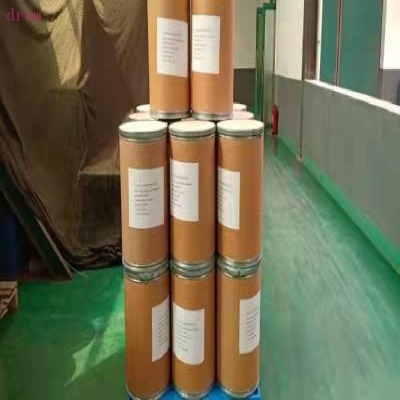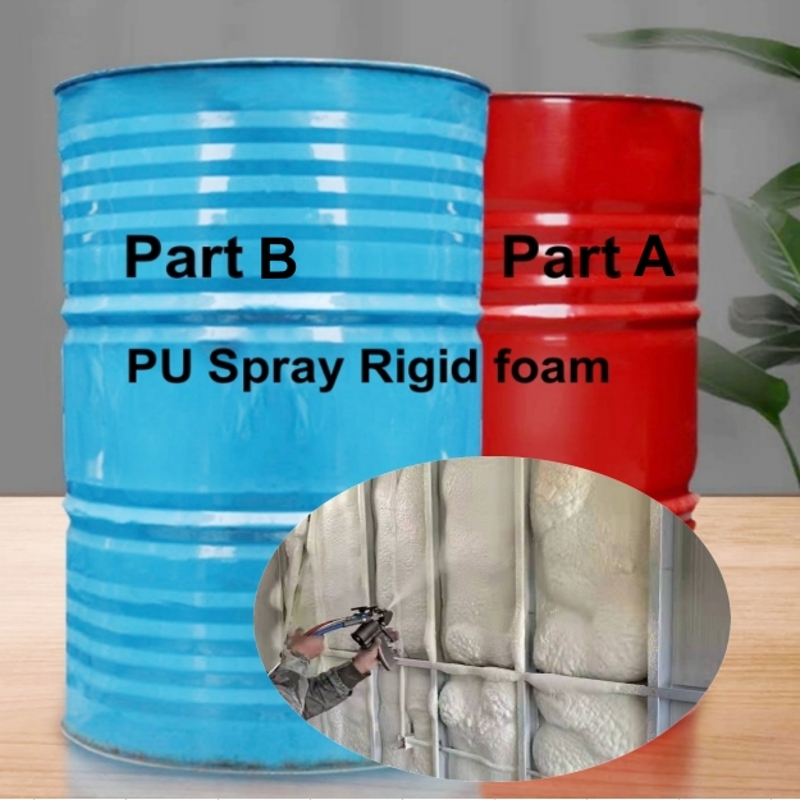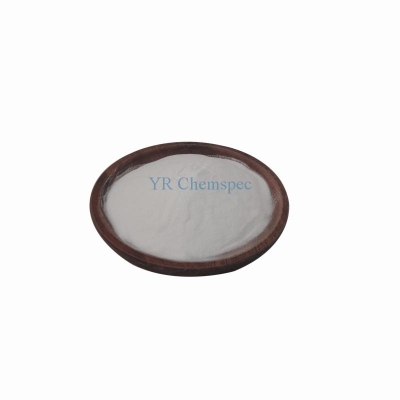-
Categories
-
Pharmaceutical Intermediates
-
Active Pharmaceutical Ingredients
-
Food Additives
- Industrial Coatings
- Agrochemicals
- Dyes and Pigments
- Surfactant
- Flavors and Fragrances
- Chemical Reagents
- Catalyst and Auxiliary
- Natural Products
- Inorganic Chemistry
-
Organic Chemistry
-
Biochemical Engineering
- Analytical Chemistry
- Cosmetic Ingredient
-
Pharmaceutical Intermediates
Promotion
ECHEMI Mall
Wholesale
Weekly Price
Exhibition
News
-
Trade Service
4.
1.
3 Maximum allowable residue limit
In the process of animal feeding, CAP and TAP have played a pivotal role in veterinary clinical anti-infective treatment in the past few decades.
However, due to the existence of serious aplastic anemia, granular leukopenia and other diseases in CAP, as the public is concerned There are widespread concerns about its potential toxicity, residues and drug resistance.
In recent years, many countries including China have successively banned its use in veterinary clinics
.
The blood system toxicity of TAP is less than that of chloramphenicol, but its immunosuppressive effect is stronger than that of CAP.
Table 4-2 MRLs of CAPs formulated by major countries and organizations
4.
1.
4 Residue analysis technology
4.
1.
4.
1 Pre-treatment methods
Animal tissues contain a lot of protein , fat, carbohydrates, vitamins , inorganic salts , moisture, etc.
The presence of these sample matrices not only interferes with the detection of the test object, but also contaminates the instrument and reduces the service life of the equipment, so it is necessary Choose reasonable and effective pretreatment methods to reduce the influence of animal matrix components on the analysis of CAPs residues
(1) Hydrolysis method
More than 50% of CAP exists in the form of conjugates in the liver, kidney, and blood of animals.
For glucuronic acid conjugates, β-glucuronidase can be added to treat samples
.
In addition, there are drugs bound to proteins in the tissues, which can be determined after hydrolysis with acid or dithiothreitol
Kaufmann et al.
used β-glucuronidase to hydrolyze glucuronic acid conjugated CAP in kidney tissue, purified by solid phase extraction, and determined by liquid chromatography-tandem mass spectrometry (LC-MS/MS)
.
The method detection limit (CCa) is 0.
(2) Extraction method
CAPs extraction methods mainly include conventional liquid-liquid extraction (LLE), and can be combined with ultrasonic assisted extraction (UAE), microwave assisted extraction (MAE) and other methods to ensure extraction efficiency
.
In addition, supercritical fluid extraction (SFE), solid phase microextraction (SPME) and dispersion liquid microextraction (DLLME) as new high-efficiency and low-pollution extraction techniques have also been applied in the analysis of CAPs in recent years
Related Links: Metabolism and Toxicology of Chloramphenicol







